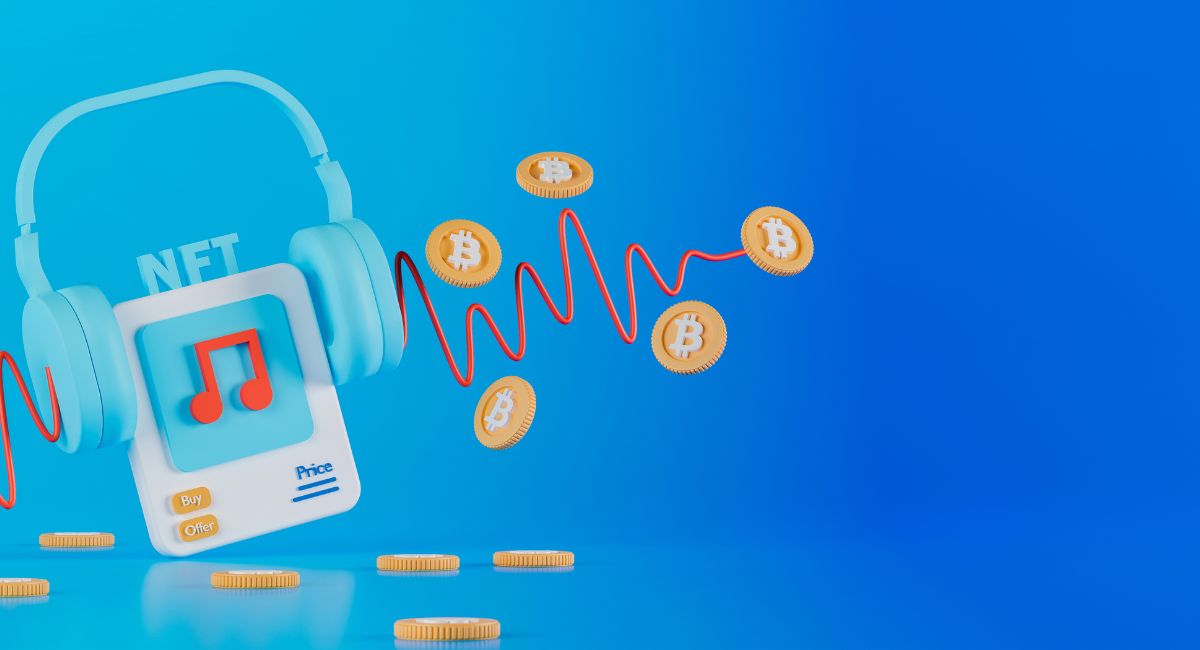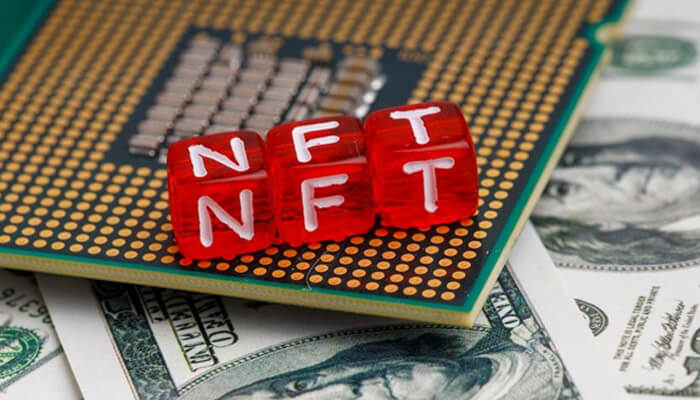Does Crypto Crunch Tell Us Something More About The Value Of Money?

The Terra logo shown on a phone screen is seen through a broken glass with a representation of … [+]
If you were raised in a Christian tradition, which has often had an ambivalent relationship with money, you would have learned that money, on the day of judgment, is worthless.
Personal virtue is known to be worth something that will get you through the pearly gates, but money by itself amounts to nothing.
When doomsday would be was never entirely clear, but anyone who watched the global financial crash of 2008 must have believed that this might be it. Realizing that one’s hard-earned money could disappear in a bank run felt like some kind of monetary Armageddon was at hand.
If you had asked the biggest bank in the UK around 2008 (as I did) whether their business accounts were ever guaranteed to any degree against such a run, they simply would not answer the question.
Like a slightly mysterious priest, the response returned in a gnomic but optimistic piece of evasion. “It would be highly unlikely that such a run would ever happen to such a well-funded bank”, was the reply. They didn’t want to leave you a document that constituted a legally binding promise, nor did they want to scare you.
Behind the 2008 crash was a piece of compelling but flawed thinking. If you spread risk effectively enough, you can commit to safety. (Basically a bunch of risky investments made less risky.) That much was, and remains, true, but only if you consider an infinitely large economic environment. Given that all the markets in the world represent a finite system, as the spread of risk continues to widen, this risk begins to circulate in a circular fashion. Despite spreading the risk, this risk is not further diluted.
Traders work during the opening bell at the New York Stock Exchange (NYSE) on Wall Street in New … [+]
A consequence of this is that the normal distribution, or bell curve, which states that Black Swan events are very unlikely to occur, is no longer true. Instead of a thin tail curve (as the normal curve usually is), you get one thick tail that reflects the true risk and inevitable nature of 2008. In mathematical parlance, events that were thought to be statistically independent had lost their independence and were now highly covariant.
Thinking about 14 years later from 2022, a similar problem started working. Terra Luna
There had been a number of whitepapers around 2021 that hinted at similar types of mechanisms, but they all had a glaring weakness.
With a circular relationship between the input and output of the financial engineering, the stability of the system was something of an illusion. As in 2008, this circularity was evident to the few who followed, but came as a shock to those who did not.
As the crash unfolded, Bitcoin
The abundance of Bitcoin helped trigger a bear market in crypto in general. 70% of the value of bitcoin was wiped out and the Tera Luna coin was almost worthless. The infection had spread.
Price of TerraClassicUSD to USD Chart (January 2022 – August 2022)
So what can we learn from the events of mid-May?
There are those crypto-skeptics who say that such a doomsday is always going to happen, but not because they had read the white paper and found circularity.
For them, the crash proves a more atavistic, almost biblical point, which is that cryptocurrency started out worth nothing, and therefore must return at a later date to its true roots of being worth nothing. Such skeptics point to an inherent lack of value of a token, but often fail to understand the market dynamics that create value and that the same can be true of any currency.
After all, Nixon first temporarily and then permanently abolished the gold bar that backed the US dollar, and the US dollar survived. Apart from a little inflation, you wouldn’t know the pin had gone.
Naysayers sometimes point to a fiat currency and the controlling authority behind that currency to guarantee its value. This doesn’t make sense either.
For a long time in economic history, salt was considered the perfect tradable token of value, and while it was endlessly present in the ocean, there was no controlling authority behind it.
Perhaps the most important thing to remember is that in the biblical conception of doomsday, time stops completely and there is no more life after that. But human life and the currency markets are not made of the same stuff. Things crash and restart. The market continues, albeit with a lower baseline and a painful correction in the past, but the market lives to fight another day. Crypto, despite its recent carnage, will continue. Terra Luna stable coin on the other hand, and the circular algorithm, will be in eternal damnation.
























